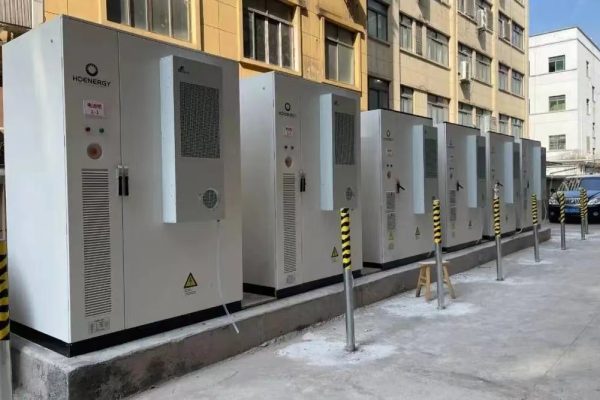Why Follow-Up Is Critical
In the global energy storage system (ESS) market, sending a quotation is only half the job. Many exporters lose opportunities simply because they fail to follow up effectively. Buyers receive multiple offers, and the exporter who maintains professional, well-timed communication often secures the deal. The right follow-up strategy builds trust, demonstrates reliability, and keeps your offer top of mind.
1. Timing of Follow-Ups
- Within 48 Hours: Send a short message confirming receipt and offering clarification.
- One Week Later: Check whether the buyer has reviewed the quotation and if additional details are needed.
- Two Weeks Later: Provide updates (e.g., changes in lead time, stock availability, or industry trends).
- Before Validity Expiry: Remind the buyer politely that the quotation is about to expire.
Exporter Tip: Adjust timing based on buyer type—corporate buyers may need more time, while small distributors decide faster.
2. Communication Channels
- Email: The most professional and traceable option.
- Phone/Video Calls: Build stronger personal connections for high-value deals.
- Messaging Apps (WhatsApp/WeChat): Useful for quick updates in regions where informal communication is common.
- CRM Systems: Automate reminders and track buyer responses.
3. Content of Follow-Ups
- Clarification: “Do you need more details on the warranty terms?”
- Value Reminder: Highlight certifications, service packages, or energy savings.
- Urgency Note: Remind about stock availability or price validity.
- Personalization: Tailor your message to buyer’s application (home storage, industrial, off-grid, etc.).
4. Building Value in Follow-Ups
- Share a case study relevant to the buyer’s region or sector.
- Provide a technical comparison chart against standard products.
- Mention after-sales service and long-term support.
- Offer to adjust quotation terms (e.g., trade terms, payment flexibility) if needed.
5. Common Mistakes to Avoid
- Being Too Pushy: Daily follow-ups may annoy buyers.
- Generic Messages: Copy-paste follow-ups show lack of effort.
- Ignoring Buyer’s Feedback: Failing to address concerns reduces trust.
- Overpromising: Don’t promise discounts or delivery times you cannot honor.
6. Regional Buyer Expectations
- Europe: Appreciate structured, professional follow-ups with detailed documentation.
- US: Expect quick and clear responses; time efficiency is key.
- Middle East & Africa: Personal relationships matter; calls and WhatsApp messages are effective.
- Asia-Pacific: Frequent, polite communication is seen as commitment.
7. Turning Follow-Ups into Conversions
- Always include a call-to-action: “Shall we schedule a call to review technical details?”
- Offer alternatives: “Would you like me to provide a CIF price in addition to FOB?”
- Keep track of buyer’s decision stage and adjust tone accordingly (informative, persuasive, or closing).
Conclusion: Professional Persistence Pays Off
Following up after sending a quotation is not nagging—it’s strategic engagement. Exporters who combine well-timed communication, tailored content, and consistent professionalism stand out in a crowded ESS market. A smart follow-up process turns more quotations into confirmed orders while strengthening long-term buyer relationships.









